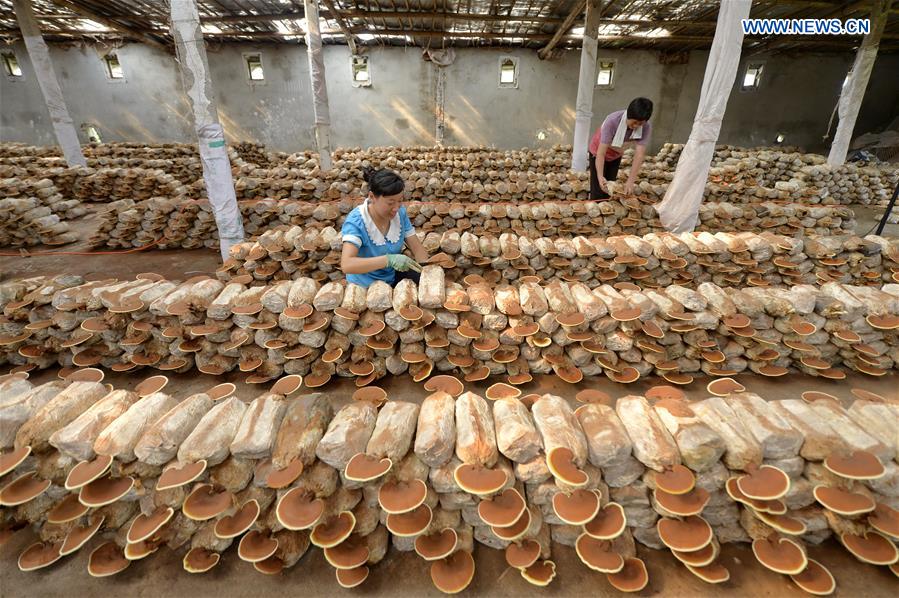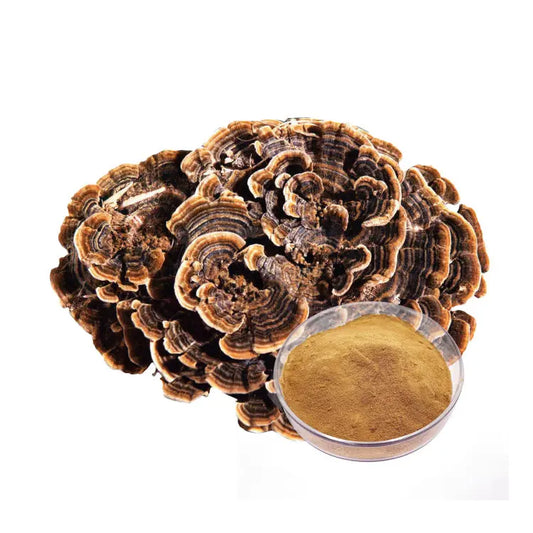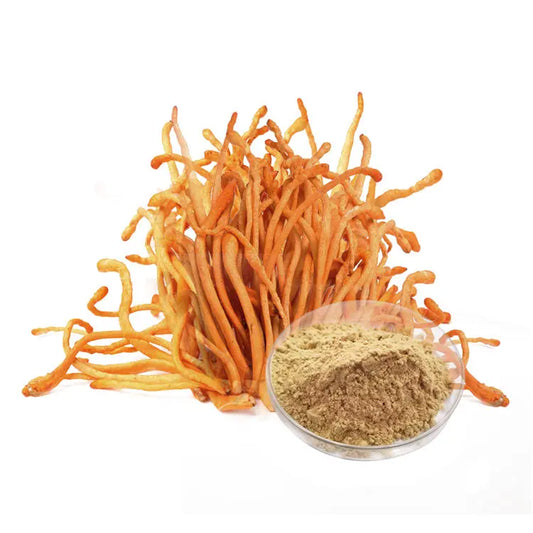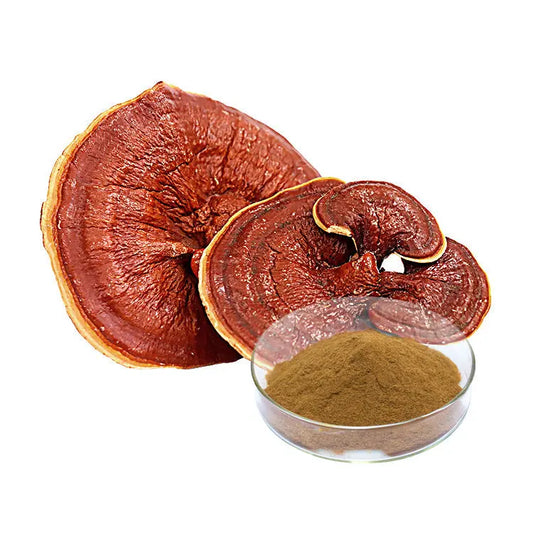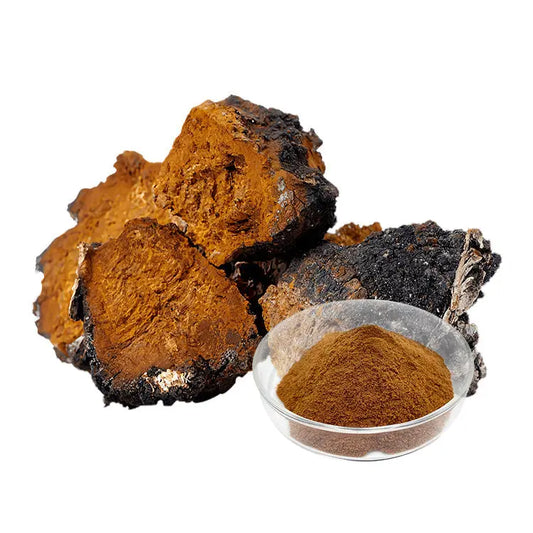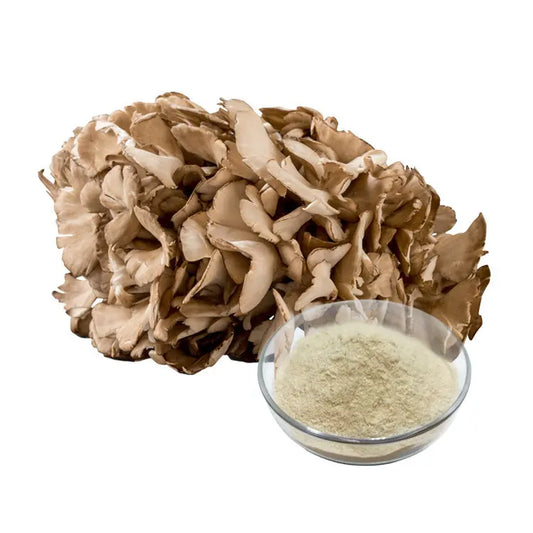Ganoderma, known as Lingzhi in traditional Chinese medicine, has long been celebrated for its potential health benefits. This ancient mushroom has a rich history, with numerous documented uses and applications. As modern science delves deeper into the realm of Ganoderma, one intriguing avenue of research involves studying the geographic variability of this remarkable fungus.

The Origins of Ganoderma
Ganoderma, a genus of polypore mushrooms, has its origins in Asia. With a shiny, lacquered appearance and a varnished red, brown, or black surface, it is unmistakable. Traditional Eastern medicine has held Ganoderma in high regard for centuries, believing it can promote long-term health and longevity. Ancient Chinese medical texts attribute various qualities to Ganoderma, including its capacity to strengthen heart function, enhance memory, and aid in detoxification.
In modern times, the potential applications of Ganoderma have expanded to encompass the treatment of a range of conditions, such as asthma, dizziness, insomnia, and irregular heart rhythms. However, the remarkable aspect of Ganoderma research is its geographical variability.
Investigating Geographic Variability
Ganoderma's properties and bioactive compounds may vary depending on its geographical origin. Research into this variability is shedding light on the distinct qualities of Ganoderma from different regions. Some of the key aspects being explored include:
1. Chemical Composition
Scientific studies have shown that Ganoderma mushrooms from different geographic locations may have variations in their chemical composition. This can include differences in the concentrations of bioactive compounds such as β-glucans and triterpenoids, which are known for their health-promoting properties.
2. Therapeutic Efficacy
Geographical variability in Ganoderma may also impact its therapeutic efficacy. Research is being conducted to determine whether Ganoderma from certain regions exhibits enhanced benefits for specific health conditions. For example, does Ganoderma from one region show better results in supporting the immune system, while another region's variety is more effective in addressing chronic fatigue?
3. Environmental Factors
Environmental factors, including climate, soil conditions, and the presence of specific microorganisms, may influence the growth and composition of Ganoderma in different regions. These factors can affect the development of the mushroom's unique bioactive compounds.
4. Cultivation Practices
Studies are also focusing on how cultivation practices, such as the method of growing Ganoderma, can influence its properties. For instance, does wild Ganoderma exhibit different characteristics from cultivated varieties, and how do different cultivation techniques impact its chemical composition?
The Potential Implications
Investigating the geographic variability of Ganoderma is not only a matter of scientific curiosity but has practical implications. Understanding how Ganoderma from different regions differs in composition and therapeutic effects can potentially lead to more targeted use of this remarkable fungus in healthcare and wellness.

China's Advantages in Lingzhi Mushroom Production
China is renowned for its significant contributions to the world of Lingzhi mushrooms, boasting several unique advantages that position it as one of the world's most prominent producers of Lingzhi. Here are the key advantages of China's Lingzhi industry:
- Rich History and Tradition: China has a long history of using Lingzhi, with widespread applications in traditional Chinese medicine and traditional remedies. This deep-rooted tradition has made China a leader in Lingzhi research and production.
- Biodiversity: China's diverse natural ecosystems provide the ideal conditions for the growth of various Lingzhi species. This diversity supports market demands and fosters research into different types of Lingzhi.
- Large-Scale Production: China is one of the world's largest producers of Lingzhi, with a thriving cultivation and processing industry. This enables China to supply vast quantities of Lingzhi products, meeting both domestic and international market demands.
- Research and Technology: China has made significant advancements in Lingzhi research, including studies on the bioactive components, pharmacology, and cultivation techniques of Lingzhi. Chinese research institutions and universities actively engage in these studies.
- Quality Control: Stringent quality control and regulation are typically applied to Lingzhi production in China, ensuring product quality and safety. This contributes to the positive reputation of Chinese Lingzhi products.
- Exports and International Markets: Chinese Lingzhi products are exported worldwide, serving the global demand for Lingzhi. China's Lingzhi products are competitive in international markets and widely recognized.
- Competitive Pricing: Due to economies of scale and market competitiveness, Chinese Lingzhi products are often priced competitively. This accessibility makes Lingzhi more attainable, offering its benefits to a broader population.

